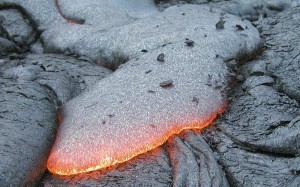Modern society is awash in data. By one estimate, as much information today is created in 48 hours as was produced in the last 30,000 years. The challenge now is making all those megabytes public.
The open data movement has sprouted up to disseminate data from satellites and sensors, in traditional labs and other places, to anyone who wants it. Open data allows scientists to build on experiments faster and easier, and to root out mistakes. It gives the public added confidence in the results. While the 2009 “Climategate” controversy failed to change the basic facts about global warming it did expose the lengths that some scientists, besieged by climate change deniers, went to keep their data secret.
This month, Elsevier, publisher of The Lancet and Cell, announced the start of reciprocal linking between its geochemistry journals and a data library managed by Columbia’s Lamont-Doherty Earth Observatory, called Integrated Earth Data Applications (IEDA) and funded by the National Science Foundation. Eventually, studies in 32 Elsevier geochemistry journals, including Earth-Science Reviews and Earth and Planetary Science Letters, will link to data sets managed by IEDA.
“Through this collaboration, more researchers will be able to access the data and analyze it,” said Kerstin Lehnert, a Lamont-Doherty scientist who heads IEDA. “We’ve built the software tools that let you pull out the data you need instantly.”
In a similar project, Elsevier started reciprocal linking earlier this year with some of its other earth science journals and the PANGAEA data library managed by Germany’s Alfred Wegener Institute for Polar and Marine Research. Though some scientists make their data available in supplementary material, these new collaborations make the data easier to use, said IJsbrand Jan Aalbersberg, vice president of content innovation at Elsevier. “Previously, data was often available but much more hidden,” he said. “This visibility allows the science to be better validated, and re-used, ultimately improving the quality of science at lower cost.”


